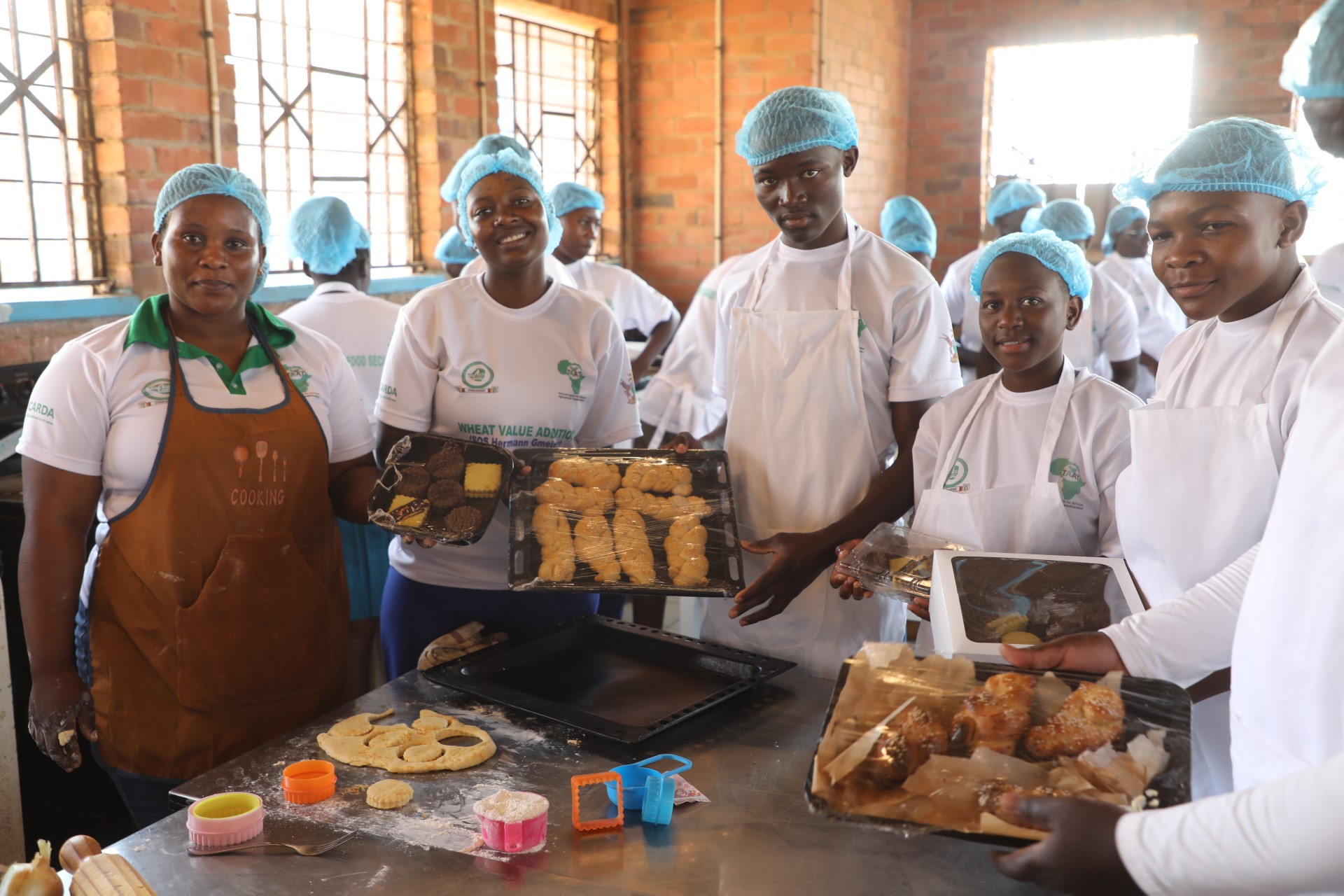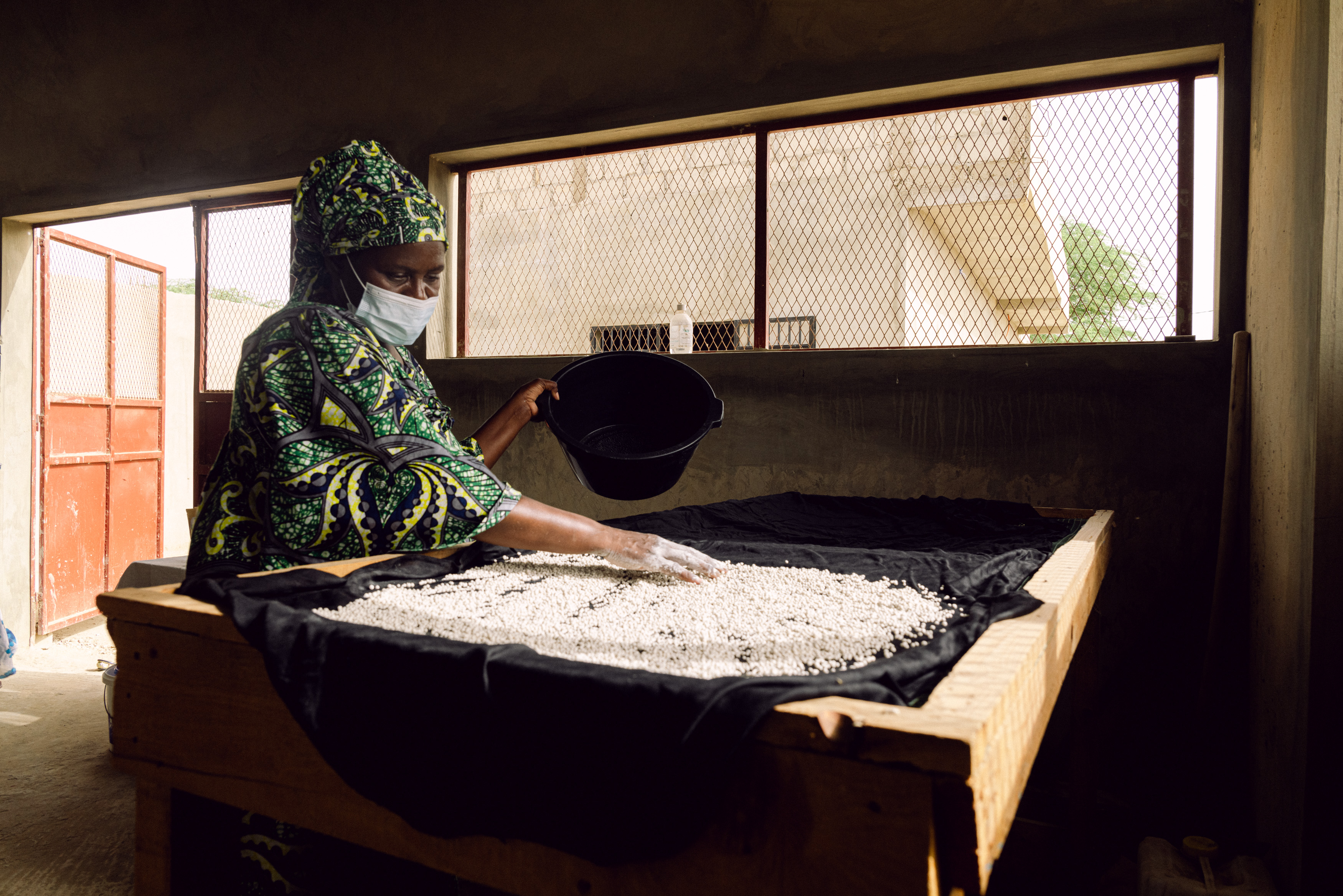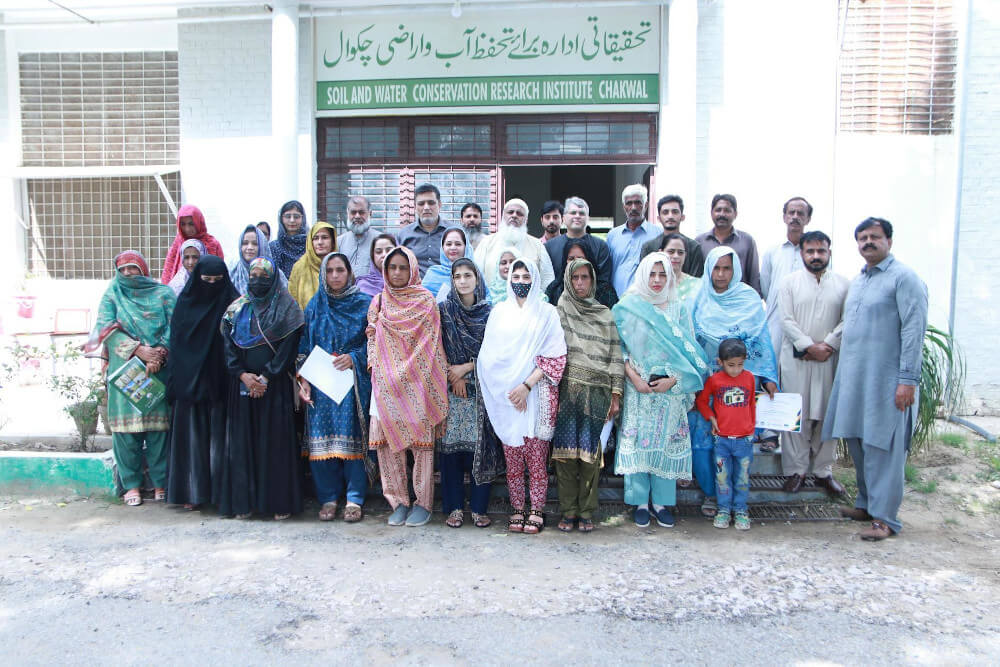QBMS 2.0: Advancing Data Integration for Modern Plant Breeding

QBMS 2.0 streamlines access to breeding data, integrating field, pedigree, and genotyping information across platforms through BrAPI standards. Developed by ICARDA as a public good, the upgraded R package enhances interoperability, reliability, and efficiency.
Modern plant breeding operates in a data-rich environment. Field observations, high-throughput phenotyping, and genotyping pipelines generate big and complex datasets, all stored in specialised databases and management systems. Yet, for many breeding programs, the real challenge is not collecting data, but the seamless integration of this data into analytical workflows that support timely and evidence-based decisions.
ICARDA’s Query Breeding Management Systems (QBMS) addresses this gap. Led by Khaled Al-Shamaa, QBMS has been developed as a public good. QBMS is an R package, a ready-to-use toolkit within the R programming language that standardizes access to breeding data across multiple platforms through BrAPI-compliant calls. By eliminating the need for manual data exchange and reformatting, QBMS enables the direct and streamlined integration of diverse databases into statistical, bioinformatics, and decision-support pipelines.
Purpose-built for plant breeders, QBMS connects breeding databases like EBS, BMS, BreedBase, GIGWA, and Germinate into a unified data access layer. It is already being used within CGIAR’s Bioflow platform, supporting interactive applications like MrBean, and underpinning analysis pipelines such as ICARDA’s FAGE. Collectively, these tools underscore QBMS’s role in improving the efficiency, reproducibility, and interoperability of breeding research on a global level.
What’s New in QBMS 2.0
The release of QBMS version 2.0 marks a significant step forward in this mission. A key highlight is the new support for Germinate, smoother access to pedigree and genotyping data, easier login across different systems, and behind-the-scenes improvements that make the package more reliable and efficient.
Together, these enhancements strengthen QBMS as a one-stop solution for breeding data, enabling breeders not only to retrieve trial observations but also to integrate pedigree and genotyping data effectively, thereby facilitating utilities such as fingerprinting CGIAR-released varieties.
Driving Standards and Innovation
QBMS’s evolution is closely aligned with the global BrAPI community, which develops open standards for breeding informatics. At the June 2025 Hackathon, ICARDA contributed to expanding BrAPI standards to support the exchange of intermediate analytical outputs. Working with the Enterprise Breeding System (EBS) team, we explored how Bioflow could utilise the new proposed BrAPI endpoints to power push analysis functionality. We also shared perspectives on integrating BrAPI endpoints with Large Language Models (LLMs) using the Model Context Protocol (MCP) that simplifies how APIs interact with LLMs like ChatGPT, enabling seamless, context-rich interactions that can significantly enhance the utility and accessibility of BrAPI endpoints.
Looking Ahead
With version 2.0, QBMS is evolving beyond a data retrieval tool into a foundational component of digital breeding ecosystems. By facilitating interoperability between databases, analytics pipelines, and emerging technologies, QBMS enables breeding programs within CGIAR and globally to accelerate genetic gains, enhance data-driven decision-making, and modernise their operations.
As data-driven breeding gains momentum, QBMS will continue to evolve, guided by real-world needs and strengthened by the BrAPI community.
Modern agriculture relies heavily on data, but the lack of effective utilisation limits its value. QBMS provides breeders with this ability by linking complex datasets and transforming them into practical tools for crop improvement, where better decisions in the lab ultimately lead to better harvests in the field.



